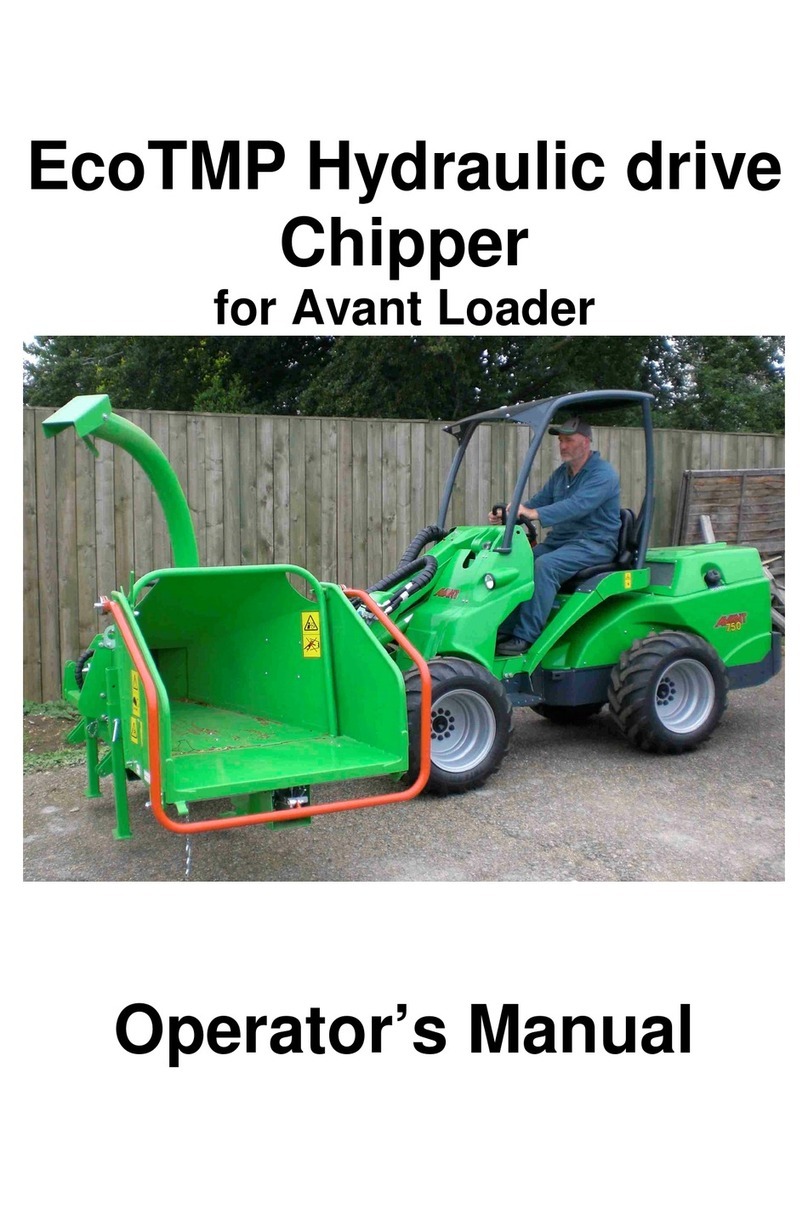
Evo165P 1. INTRODUCTION AND PURPOSE 1-1
©GreenMechLtd 1-1 08/21
INTRODUCTION
This manual explains the proper operation of your machine. Read these instructions
thoroughly before operating and maintaining the machine. Failure to do so could result in
personal injury or equipment damage. Consult your GreenMech supplier if you do not
understand the instructions in this manual.
CAUTION! This symbol indicates important safety messages in this manual.
When you see this symbol, be alert to the possibility of injury to yourself or
others, and carefully read the message that follows.
Keep this manual in the box provided and treat as part of the machine. Locate and note
here the serial number and quote it in any communications. This is important when ordering
spares. Remember to include all numbers and letters.
VIN Number…………………………………
Serial Number............................................
Write in the number!
This manual covers the following model.
Evo165p SUB-750 trailed (Road-Tow) chipper, petrol engine with Smart Sense
controller
The information in this manual is correct at the time of publication. However, in the course
of development, changes to machine specifications are inevitable. Should you find any
information to vary from the machine in your possession please contact your GreenMech
dealer for up to date information.
This manual may contain standard and optional features and is not to be used as a
machine specification.
PURPOSE
CAUTION! This machine is designed solely to chip wood and must not be used
for any other purpose. The machine should only be used by trained operators
who are familiar with the content of this instruction manual. It is potentially
hazardous to fit or use any parts other than genuine GreenMech parts. The company
disclaims all liability for the consequences of such use, which in addition voids the machine
warranty.
Fig 1.1 Serial Number plate.























